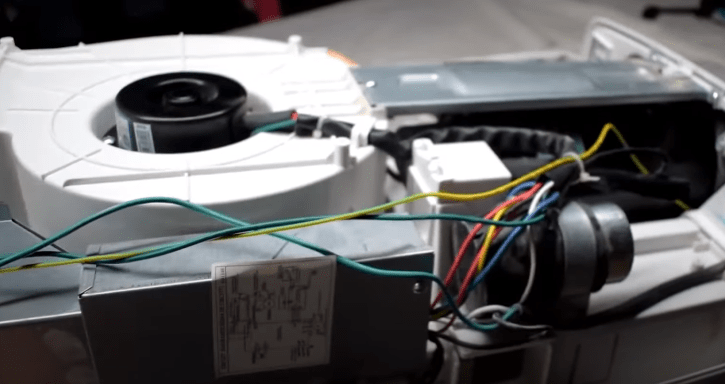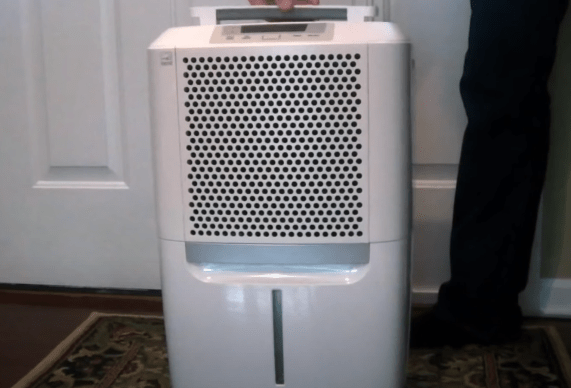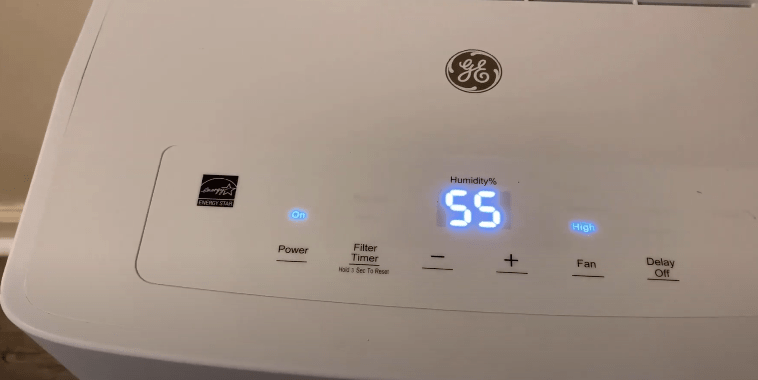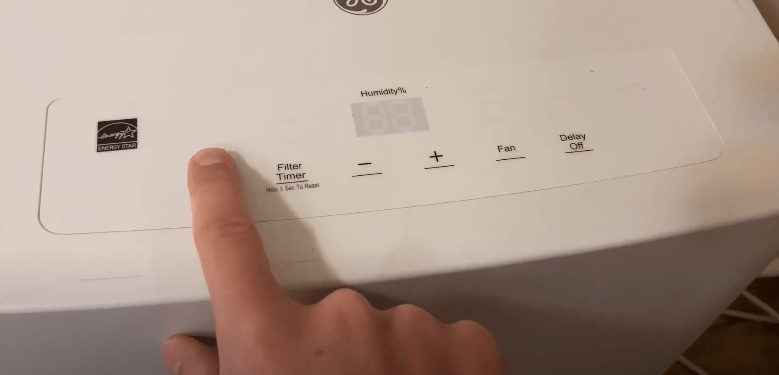In the realm of household appliances, there’s a curious sensation akin to meeting an old friend who has suddenly taken a turn for the unusual. Imagine, for a moment, your trusty dehumidifier becoming an unexpected source of warmth in your home.
As if it’s taken on a new identity, one that leaves you perplexed and wondering, “Why is my dehumidifier blowing hot air?” In this journey through the intricacies of home comfort, I am Mannan Wasif. I will guide you through unraveling the peculiar problems that can arise with dehumidifiers.
You see, my mission is simple yet indispensable: to navigate the twisting world of dehumidifiers, demystify their quirks, and share valuable insights that will help you maintain a comfortable, moisture-free environment in your home.
So, whether you’re a seasoned homeowner or just starting to acquaint yourself with the nuances of household appliances, join me as we embark on a quest to understand why your trusty dehumidifier might decide to emit warm currents instead of the cool, refreshing air you’re accustomed to.
In this insightful exploration, we will delve into the inner workings of dehumidifiers, uncover the common culprits behind this unexpected behavior, and equip you with the knowledge and tricks you need to address the issue.
So, without further ado, let’s journey together into the fascinating realm of dehumidifiers and unravel the mystery of why they sometimes choose to blow hot air.
Why is my dehumidifier blowing hot air?
Here are several reasons why a dehumidifier blows hot air.
1. Fan motor failure

A common culprit behind your dehumidifier emitting warm air is a malfunctioning fan motor. When this component fails, it disrupts the cooling process, causing the air passing through the coils to heat up significantly.
To rectify this issue, it’s advisable to seek the expertise of a technician who can replace the faulty fan motor, restoring your dehumidifier’s optimal performance.
2. Compressor failure

Dehumidifier compressors can fail for various reasons, such as voltage fluctuations or insufficient durability. Attempting to use a malfunctioning compressor won’t yield any benefits.
Given the high cost and uncertain longevity of compressors, it’s often more cost-effective to invest in a new unit.
3. Continuous operation

Prolonged, continuous use of a dehumidifier, particularly if it’s not of high quality, can lead to warm air blowing from the machine. In such cases, it’s recommended to power down the unit and allow it to cool for several hours before restarting its operation.
4. Technical default

Occasionally, a technical default may be responsible for the emission of warm air from your dehumidifier. If you encounter this issue, turning the unit off for a brief period can be a temporary solution.
If the problem persists upon reactivation, it’s imperative to enlist the assistance of a professional technician. Attempting to diagnose and fix technical issues without the necessary expertise can result in further damage to the unit.
5. Wrong humidity setting

Sometimes, warm air may emanate from the dehumidifier not due to any faults but rather because of incorrect usage. Incorrectly set humidity levels can lead to this issue.
To ensure you’re operating your unit correctly, consider reaching out to the brand’s customer support or carefully perusing the user manual.
6. Automatic Defrost goes wrong

Low-temperature dehumidifiers often feature automatic defrosting capabilities. If a malfunction occurs in this system, it can cause the dehumidifier to emit warm air.
Given the complexity of diagnosing and resolving such issues, it’s best to rely on the expertise of a professional technician.
Additional Tips for Efficient Dehumidifier Use
In addition to addressing the reasons behind your dehumidifier blowing warm air, here are some valuable tips to ensure efficient and trouble-free operation:
- Regular Maintenance: Keep your dehumidifier in top condition by cleaning or replacing air filters as recommended by the manufacturer. Clean coils and drainage systems to prevent blockages that can hinder performance.
- Proper Sizing: When purchasing a new dehumidifier, ensure it is appropriately sized for the space you intend to use it in. An oversized or undersized unit can lead to inefficiencies.
- Optimal Placement: Place your dehumidifier in a central location within the room to maximize its effectiveness. Avoid obstructing the airflow around the unit for optimal performance.
- Use a Hygrometer: Invest in a Hygrometer to monitor the humidity levels in your home accurately. This will help you set your dehumidifier to maintain the desired humidity level, preventing both excess moisture and overly dry air.
- Empty the Reservoir: If your dehumidifier has a water reservoir, make it a habit to empty it regularly to prevent overflow and ensure uninterrupted operation.
- Consider a Continuous Drainage Option: Some dehumidifiers offer the option for continuous drainage, which can be particularly convenient if you don’t want to worry about emptying the reservoir. Check if your unit supports this feature and consider utilizing it if applicable.
- Regular Inspections: Periodically inspect your dehumidifier for signs of wear, damage, or leaks. Address any issues promptly to prevent more significant problems.
Conclusion
While it’s normal for a dehumidifier to expel warm air as part of its operation, it should not be excessively hot, resembling air from a furnace or boiling water. If your dehumidifier is emitting air hotter than 90 degrees Fahrenheit, it signifies a malfunction. This issue could stem from a damaged evaporative coil, broken components, or a full water tank. Fortunately, as highlighted above, these problems can typically be identified and resolved by seeking professional assistance.
Contrary to common belief, the warm air from a dehumidifier does not dry out the air; instead, over-dehumidification can lead to excessively dry indoor air. To prevent this, monitor your dehumidifier while it’s in operation, ensuring that your indoor environment maintains the desired level of humidity.
If you found this article helpful and informative, feel free to explore our other articles on indoor air quality and home appliances for more insights into maintaining a comfortable and healthy living space.

He is a mechanical engineer & our expert team member with over four years of experience who provides comprehensive and informative guides on various home improvement topics. From DIY projects to professional installations, he strives to give readers the knowledge and tools they need to make informed decisions and successfully complete their home improvement projects.
His goal is to empower homeowners to create the home of their dreams, while also increasing the value and functionality of their property. Whether you’re a first-time homeowner or a seasoned renovator, he has something for everyone.
